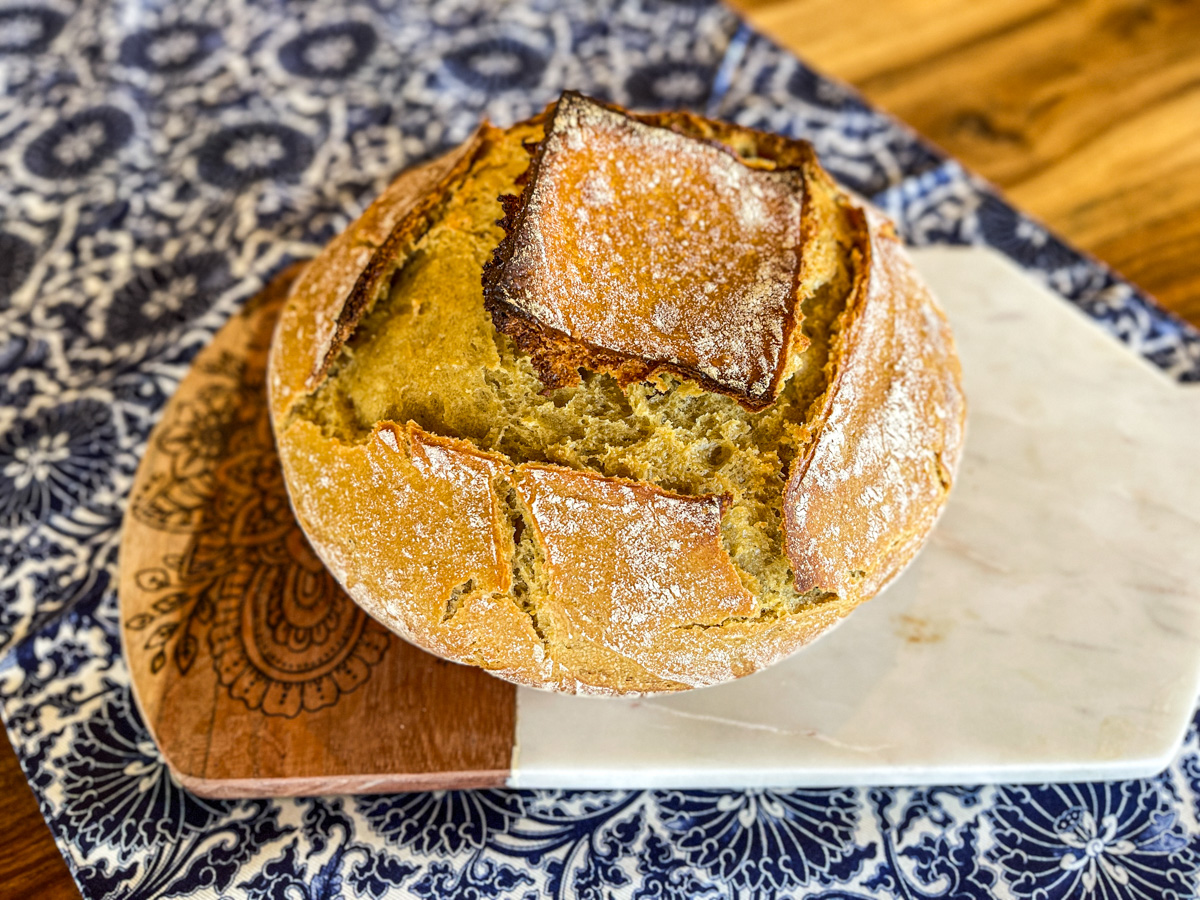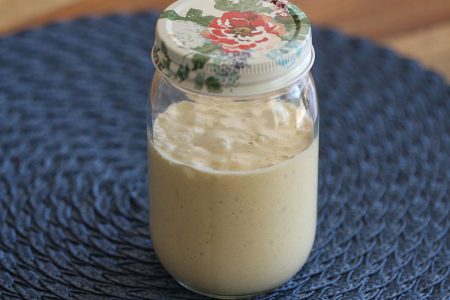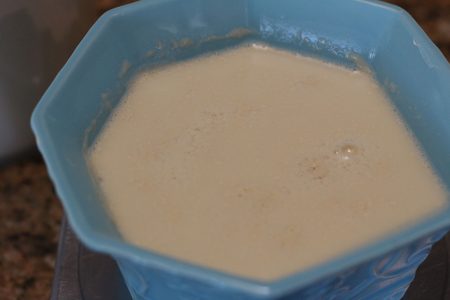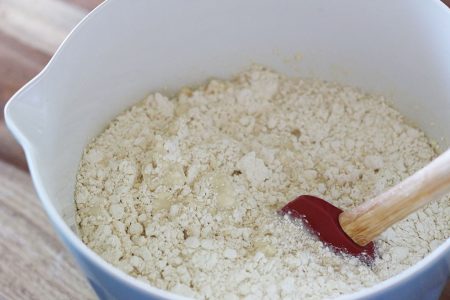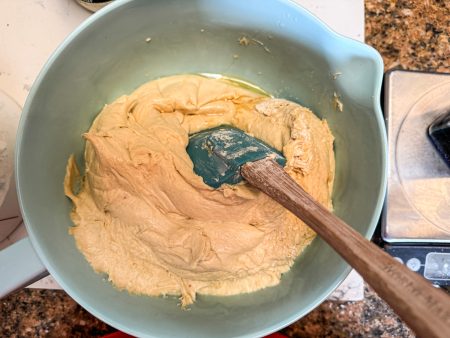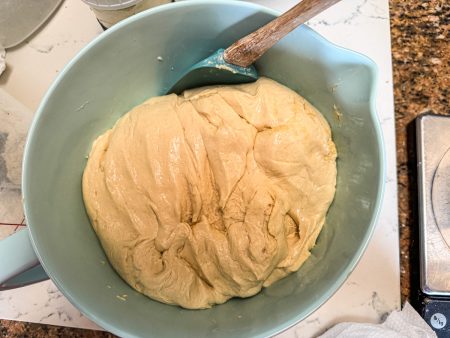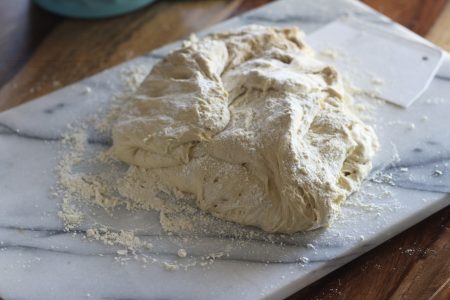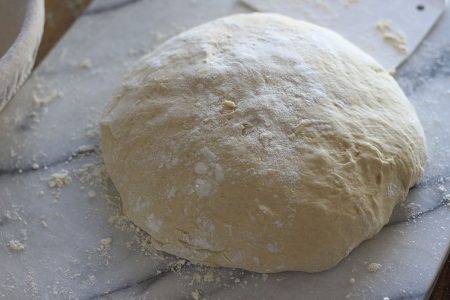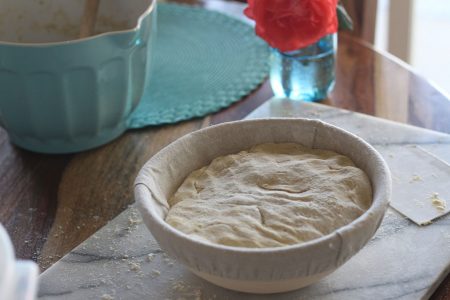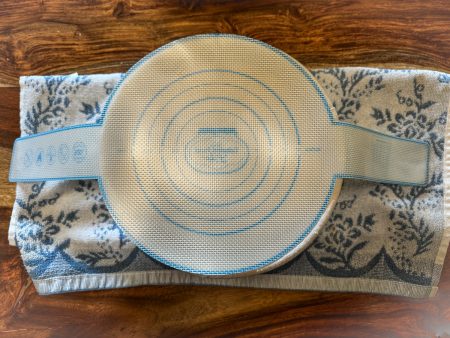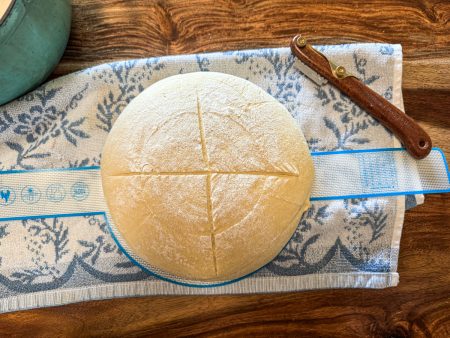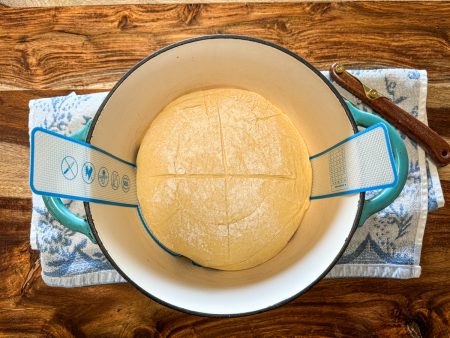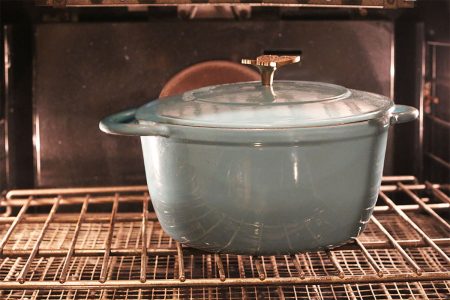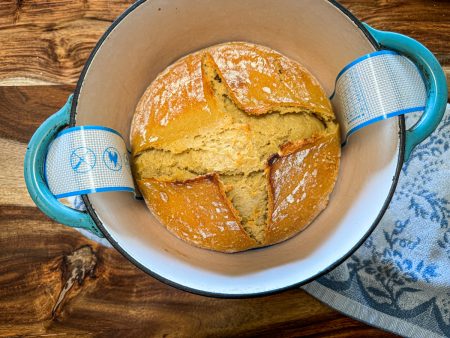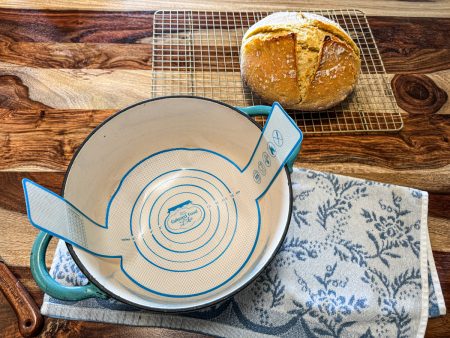Einkorn Sourdough Bread
Watch The Video
Equipment
- Banneton Proofing Basket optional but really helpful
- Bread Lame for scoring
- Bowl Scraper for getting the dough out of the bowl
Ingredients
- 2 cups water, warm – (472 grams)
- ¼ cup Einkorn Sourdough Starter – (60 grams) Must be bubbly! You can purchase this starter from me or make your own.
- 6 cups Einkorn All-Purpose Flour – (720 grams) or Einkorn Whole Wheat Flour (696 grams)
- 1½ teaspoons Celtic Sea Salt – (9 grams)
Every ingredient with a link was selected by me to make it easier for you. I may receive a small affiliate commission if you buy something through my links. Thank you! ❤️
Instructions
- You need to make sure your sourdough starter is bubbly and ready to go. If it has not been fed recently, take a few spoonfuls of sourdough starter from your fridge and give it that much flour and water and let it ferment for 4 – 8 hours. Here is more help for a bubbly sourdough starter.
- Flour a work surface and your hands. Place dough onto a floured surface. Fold the dough in half and then again into thirds. (Using a dough scraper is recommended.)
- Line an 8-inch bowl with a towel and dust generously with flour. A Banneton Proofing Basket works great! Make sure your hands are still floured and pick up the dough and place it in the bowl with seam side up. Cover the bowl and let it rest for 30 to 60 minutes. In the meantime, preheat your oven to 450° F.
- Cover your bowl with a sourdough sling or a piece of parchment paper. Invert the bowl to allow the dough to release onto the sling or paper.
- With a bread lame or small razor blade or serrated knife, score the bread with four slashes.
Notes


